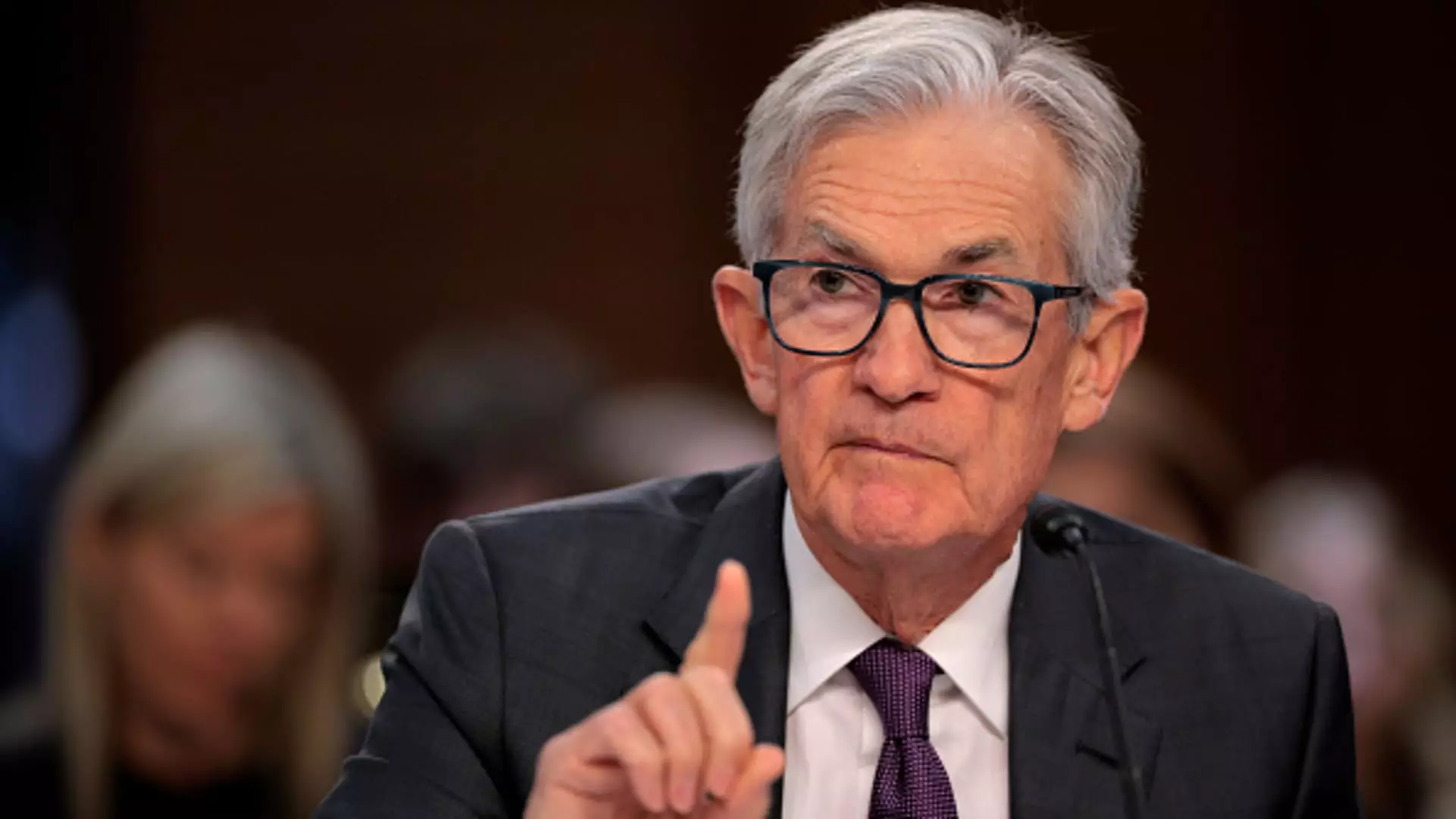In January, Federal Reserve officials made a significant consensus about their interest rate policy amidst various economic headwinds. Their meeting revealed a cautious approach, emphasizing a holistic evaluation of inflation dynamics before considering additional rate reductions. As concerns surrounding President Donald Trump’s trade tariffs grew, the implications for both inflation and economic stability became a central theme in their discussions. This article delves into these deliberations, exploring how trade policies and inflation forecasts are shaping monetary policy decisions.
Interest Rate Decisions: A Pause for Reflection
At the first Federal Open Market Committee (FOMC) meeting of the year, policymakers unanimously chose to maintain the current key policy rate after a series of cuts that had effectively reduced the rate by a full percentage point in 2024. This decision to hold steady underscores a strategic pause, allowing Fed officials to assess the economic landscape’s evolution without hastening to alter monetary policy. Such a stance reflects a broader desire to understand the interplay between inflation targets and employment figures before embarking on further changes to the federal funds rate.
Members of the FOMC expressed that the existing policy is “significantly less restrictive” than prior to the interest rate cuts. The acknowledgment of a less constrictive monetary policy provides a cushion for evaluative measures in the face of shifting economic conditions. Currently, the committee leans toward a conservative monitoring approach, prioritizing stability in both the labor market and inflation rates, particularly emphasizing the need for positive momentum on inflation prior to pursuing another rate decrease.
One of the major concerns highlighted during the meeting was the direct impact of trade policies instituted by the Trump administration, particularly regarding tariffs. Although already implemented, the potential for additional tariffs—mainly on automotive, pharmaceutical, and semiconductor imports—has raised alarms about further inflationary pressures. The mention of increased tariffs, possibly reaching as high as 25%, adds a layer of complexity to the Fed’s inflation outlook, especially as they aim to maintain a target rate of around 2%.
Concerns over tariffs stem from their inherent nature to elevate input costs, which businesses may pass onto consumers, thus contributing to higher inflation. FOMC members voiced apprehension regarding the ripple effects of these economic strategies, recognizing that decisions about trade and immigration policies could signal upward pressures on prices. The meeting summary noted that many participants expressed cautious optimism about consumer demand but cautioned against the downside risks created by the evolving trade landscape.
The Mixed Signals of Inflation
In recent months, inflation indicators have been sending mixed signals to policymakers. January saw consumer prices ascend more than analysts anticipated, while wholesale prices depicted a contrary narrative, suggesting softer pressure on future pricing. This dichotomy presents a challenge for Federal Reserve officials as they attempt to navigate the terrain between stimulating economic growth and containing inflation.
Chair Jerome Powell has maintained a generally reserved demeanor concerning speculative commentary on tariffs. However, fellow officials have been more vocal about their worries, admitting that the trajectory of Trump’s trade policies could potentially complicate decision-making processes and delay anticipated rate cuts. Such insights reveal an understanding that the Fed’s response to inflation is not merely reactive but is increasingly contingent on external economic policies.
Looking forward, many economists remain concerned that Trump’s impending tariffs will exacerbate inflationary pressures, complicating the Fed’s already delicate balancing act. Policymakers acknowledge that their responses would vary depending on whether the tariffs lead to temporary price hikes or generate sustained inflationary trends that might require a decisive policy response.
Currently, market expectations signal that interest rate reductions could materialize by mid to late 2024. However, the Fed’s proactive stance relies heavily on forthcoming economic data. As the Fed’s benchmark overnight rate hovers between 4.25% and 4.5%, the committee’s focus remains fixed on ensuring that any economic upheaval does not detract from their larger goals of price stability and sustainable employment growth.
The Federal Reserve’s current stance on interest rates is emblematic of a broader economic balancing act, one in which trade policies, inflation targets, and employment metrics interact in increasingly complex ways. As the committee navigates these challenges, there remains a strong emphasis on careful monitoring and analysis, ensuring that any future actions align with the overarching goal of maintaining economic stability in a volatile landscape.

